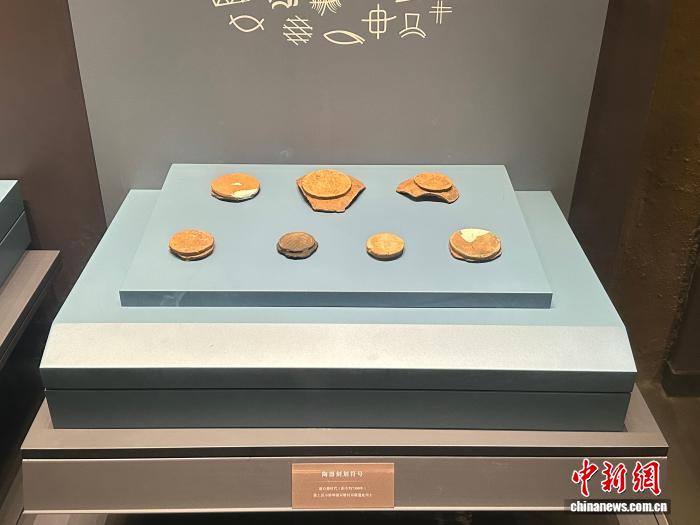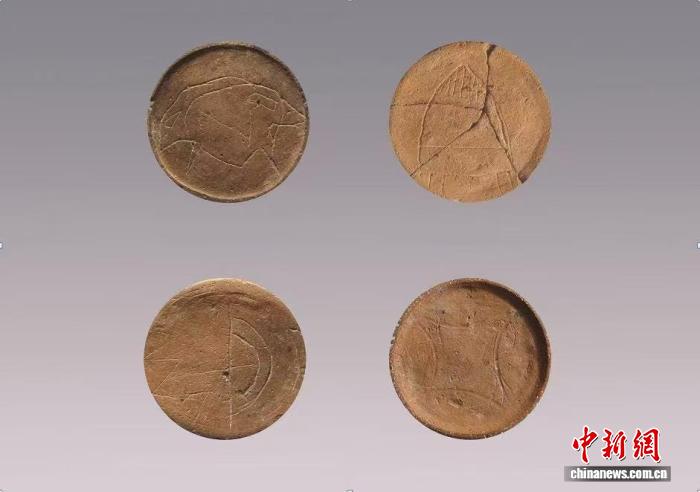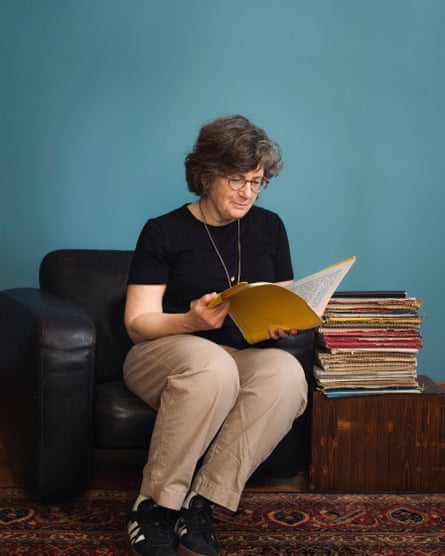From prospectmagazine.co.uk
A confrontation over a smashed windscreen and a meeting in Alaska got this professor of religion thinking about reconciliation and renewal
I am about to begin a new post as professor of religion and society at King’s College, London. I see this privileged role as more than a transition from one institution (the University of Edinburgh) to another. It’s a time for renewal and a moment of self-definition. What kind of colleague do I want to be and what kind of impact can I have on an institution which has put its faith in me at this stage of my career? When you’re lucky enough to be doing what you want in life, a job doesn’t feel like a job. It is more like an extension of your personality, and moving to a new one offers a time to pause, reflect and once again appreciate how lucky you are to be paid to inspire younger minds and play a small part in the culture of learning.
♦♦♦
Sometimes you have to feel a little sorry for journalists who travel far and wide to frankly see not much. When you’re hoping to break some big news and instead have to cover high-level theatrics, it must feel pointless. And so it was when international media gathered at the Elmendorf-Richardson military base in Anchorage for a summit between Donald Trump and Vladimir Putin.
Our 24-hour news cycle can feel repetitive at the best of times, but much of the TV news coverage was relentless speculation about what might happen during the presidents’ meeting to discuss Russia’s ongoing war in Ukraine. The pressure to fill airtime in this way became tedious. And when the waiting game finally came to an end in Alaska, there was little more to comment on other than a display of remarkable performativity.
The beaming smile on Putin’s face (whose suit looked sharper than Trump’s) and the US president’s look of self-satisfaction that the whole world was once again watching him delivered little of substance for the Ukrainians and their western allies—no deal, no ceasefire and no peace. Putin received all the honours—the red carpet, the ride in the presidential limousine known as “the Beast” and a parade of spectacular bombers and jets. In the diplomatic world, where symbolism matters almost more than substance, he was calling the shots, and no doubt will be joyously spinning this meeting as an ideological victory back in Russia.
Trump’s subsequent meeting with Zelensky and European leaders seemed relatively cordial. But it is too early to say whether a proposed meeting between Putin and Zelensky is more stalling—or the beginning of the end of this war.
♦♦♦
I live next to a golf course with idyllic surrounding views. Occasionally I find a golf ball in my back garden, but a couple of weeks ago one hit the front of the house, bounced off the wall and struck my car’s windscreen. The glass cracked badly.
I went out and, seeing the golfer, called out to him. He came over to the dividing fence looking a little sheepish. When I asked him about the incident he apologised and said he would speak to his insurance company to cover the cost of the damage. His friend muttered something in his ear, and they walked away for a few minutes before the golfer returned. He told me, “my wife deals with the insurance stuff in our house, and she has said not to admit anything.” Feeling angry now with him and his wife, I asked him how he could say this, especially when he had already acknowledged responsibility for hitting the car. He apologised again but said he couldn’t do anything more, and walked away. Could I have taken it further? Probably yes, but was it worth the stress for the sake of a windscreen? By law, the golfer was liable, but I didn’t have the emotional energy to deal with someone who displayed neither a backbone nor a conscience.
♦♦♦
I watched the coverage of VJ day and found the service of remembrance at the National Memorial Arboretum in Staffordshire particularly poignant. Maybe it was because we remembered those who felt they’d been forgotten, overshadowed in history by the earlier victory declared in Europe. Or maybe, with so much death and suffering in Gaza and Ukraine, it’s difficult to imagine how you construct a path to peace now.
I don’t think we should ever glorify war because the price paid by soldiers and civilians is always too high. But even as we remember the brutality and dehumanisation which is intrinsic to all wars in ceremonies like the one at the arboretum, a lone piper’s performance at a Japanese peace garden in west London reminded us of the enduring importance of reconciliation between countries.
Among many moving moments at the national memorial, Captain Yavar Abbas, a 105-year-old veteran, went “briefly off script” to salute King Charles and thank him and the queen for being there despite Charles’s ongoing cancer treatment. There was applause and tears from many, including the king and queen, as Abbas, himself a cancer survivor, read from his diary entry dated 8th February 1945. “Tomorrow, I hope I will live to do better things,” he said. I hope and pray this is a lesson for us all.









